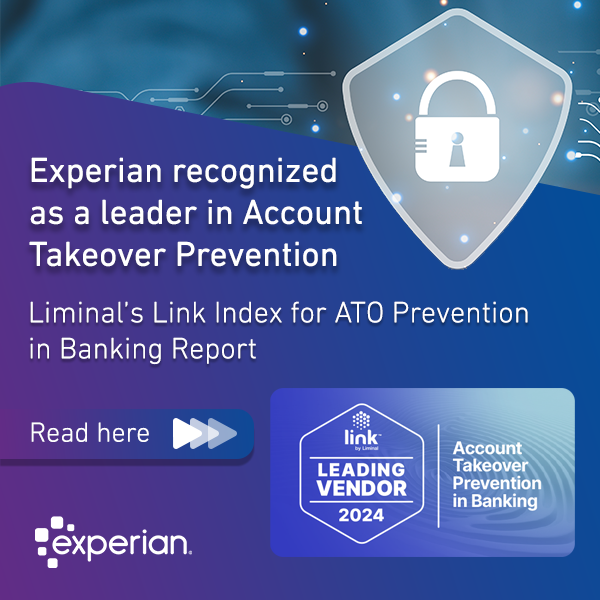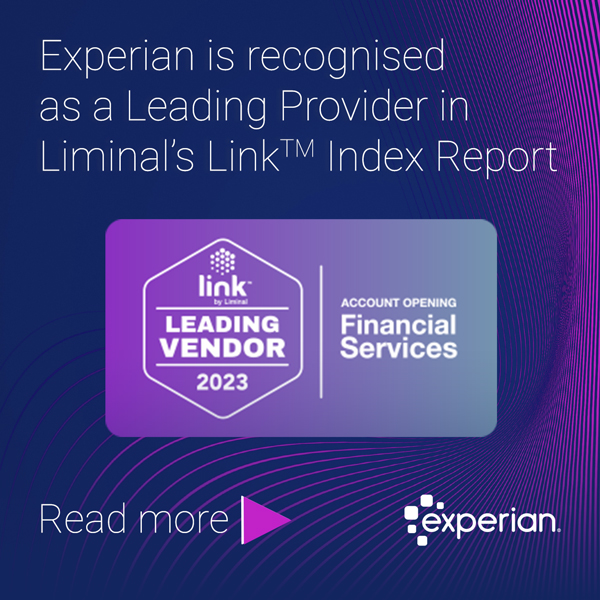For executives and teams across the financial services sector, the question isn’t should we digitally transform—but how. That’s where things get tricky. According to the Financial Brand’s Digital Banking Report, when asked about the progress of their digital transformation journey, only 17% of organizations reported that their transformation was deployed “at scale” — and a scant 7% said their transformation was deployed at scale and working.

Tackling an enterprise-wide transformation effort is no small feat; it requires significant investment and time. Still, many organizations become understandably discouraged when transformation efforts don’t yield the anticipated results. And experts contend that transformation initiatives fail not because of products but because organizations need wholesale culture changes to sustain innovation. All that may be true. However, a boil the ocean approach can dramatically increase the timeline of an already lengthy process.
By building a strategy based on small iterative wins, businesses can break down the process and deliver interim tangible successes. In doing so, organizations sustain momentum for the broader digital transformation vision and benefit from feedback along the way.
Your north star
In concept, digital transformation suggests that we are in a finite time and place going from point A to point B. At some point, every financial institution will be digitally transformed. Manual processes, on-premise software, and siloed data will start to disappear. And conversations about transformation will give way to discussions of how to sustain and further advance the bank’s digital capabilities. There actually isn’t a “finished state”, but a continuous progress towards a better customer experience.
But establishing a long-term objective for transformation initiatives is critical. The leadership team needs to have a vision, and relay the overall goal to the rest of the organization. For instance, in the Financial Brand survey, banks and credit unions noted that improving risk management and security, improving the customer experience, and reducing costs were their top areas of focus. (Unfortunately, the same study revealed that less than half of the organizations surveyed reported high success levels in transforming these areas).
In establishing a digital transformation north star, you ensure that smaller projects align with the broader vision. The path there may not be perfectly straight, but leaders can prioritize initiatives that point in the same direction.
Small wins, big results
As noted, it’s challenging to complete a digital transformation journey in one fell swoop. Most organizations can’t change technologically and culturally at a rapid pace. Yet, there’s a pressing need for innovation. Creating a roadmap of incremental projects and wins can ensure your organization is making steady progress toward that north star goal.
I often advise digital transformation teams to start with a small project that seems achievable. That may be transitioning a non-cloud offering to the cloud or introducing an existing interface to a new geography. You solve that problem, and then you evangelize the success; even if it’s a small win, you want to shout about it. It’s not about nourishing your ego. Instead, the celebration helps build momentum with your frontline staff and clients. It also provides proof points for executive stakeholders. The latter makes it easier to continue funding projects once your leadership sees that the initiative produces results.
Then you can begin to expand your transformation perimeter, building on each win with another digital project. Dialing in your customer recognition and improving authentication, for instance, offers areas that are ripe for innovation—especially at a time when online transactions are on the rise and customer expectations are high.
The right team for the job
Successful digital transformation initiatives require leadership by a core team that’s well-networked across the organization. They need to be highly visible to other teams and committed to promoting the cause and selling the vision, and making noise about any success because that’s a core part of their job.
Leveraging data and analytics along the way is also essential. Data can help you determine which problems to prioritize. And advanced analytics offers critical insights into what’s working for customers and the areas that merit attention sooner rather than later.
The process of digital transformation is an evolution. Organizations that view it as such should strive for strategies that deliver wins early. That way, they can build momentum, align near-term projects around long-term goals, and reap the rewards of digital transformation throughout the entire journey.




